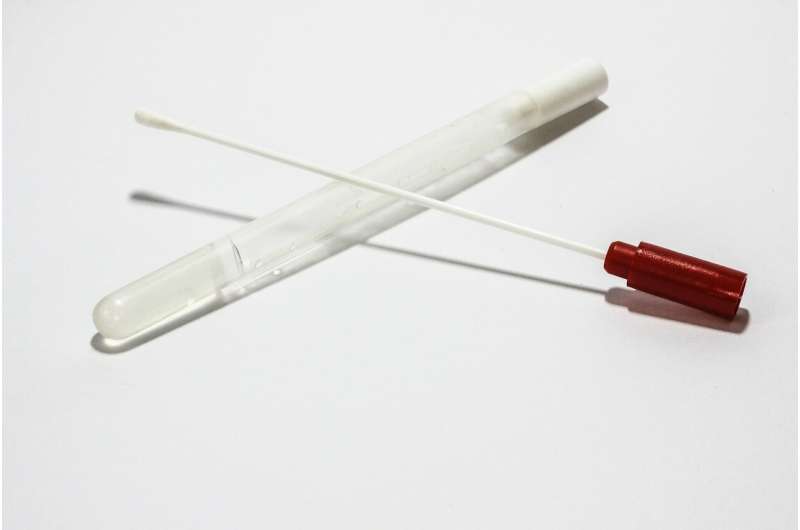Healthcare Alerts Highlight Dangers of Magnetic Toys Following Rising Child Hospitalizations

A new study reveals rising cases of children hospitalized after swallowing magnetic toys, emphasizing the importance of safety warnings and swift medical attention to prevent serious injuries.
Medical professionals are issuing urgent warnings regarding the safety risks associated with magnetic toys after recent findings showed a significant increase in pediatric hospitalizations due to swallowing these items. A comprehensive study conducted by the University of Southampton revealed that approximately 300 children in the UK were admitted to emergency departments within a single year after ingesting magnetic objects. Alarmingly, about 10% of these cases required emergency surgery to prevent severe injury, with some children needing parts of their intestines removed or procedures like stoma placements. The research emphasizes that children who swallow multiple magnets are at a heightened risk of internal damage, as the magnets can attract each other through the gastrointestinal tissue, causing tears, blockages, or perforations.
The study, published in the Archives of Disease in Childhood, is based on data from 66 hospitals across the UK between May 2022 and April 2023. However, experts suggest the actual number of cases may be higher, given that not all hospitals contributed data. The research also identified a concerning trend where 6% of magnet ingestion incidents were linked to social media viral challenges, where children imitate tongue piercings by placing small magnets in their mouths. These toys and household objects containing powerful magnets are often sold without adequate warnings, especially on online marketplaces.
Specialists from Southampton and child safety advocates stress the importance of early medical intervention. Many children exhibit no symptoms after swallowing magnets, underlining the necessity of prompt X-ray examinations to detect hidden dangers. One notable case involved two-year-old Rebecca McCarthy, who in 2021 swallowed 14 magnetic balls. She underwent a critical two-hour surgery where doctors had to remove parts of her intestines to reach the magnets buried deep inside her tissues, a traumatic experience for her family.
The Child Accident Prevention Trust recommends strict precautions for parents and caregivers. They advise removing small magnets from homes with young children, purchasing only from reputable brands, and avoiding cheap or third-party online products. In cases of suspected magnet ingestion, immediate medical attention is crucial. Experts warn that especially powerful magnets can cause life-changing injuries, and in some instances, have resulted in fatalities.
The study underscores the need for better regulation and stronger warning labels on magnetic toys to prevent avoidable injuries. Healthcare providers and safety organizations continue to advocate for increased public awareness to protect children from these potentially deadly objects.
Stay Updated with Mia's Feed
Get the latest health & wellness insights delivered straight to your inbox.
Related Articles
Saliva Testing as a Non-Invasive Method to Detect Early Signs of Diabetes and Obesity
Saliva testing offers a non-invasive method to detect early signs of diabetes and obesity by measuring insulin levels, potentially before symptoms develop. Recent studies highlight its promise for early diagnosis and prevention.
High Risk of Sudden Cardiac Death in Male Bodybuilders, Especially Competitors
A significant number of sudden cardiac deaths have been reported among male bodybuilders, especially professionals, highlighting the health risks associated with extreme training and substance use. This research urges safer practices and medical supervision to protect athletes' heart health.
New Discoveries Elucidate Gut–Brain Pathways in Chronic Pain Management
A groundbreaking study uncovers the neural pathways responsible for transmitting pain signals from the gut to the brain, offering new avenues for effective IBS and IBD treatments. Learn how these insights could revolutionize chronic pain management.



